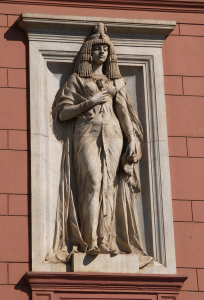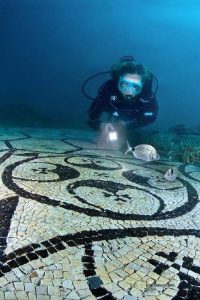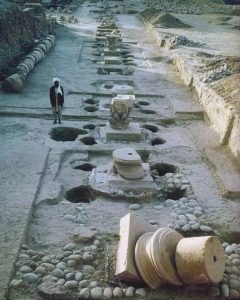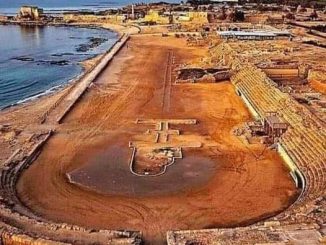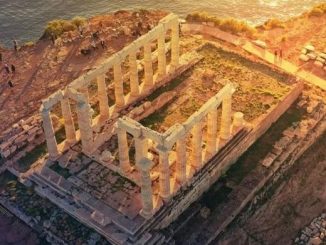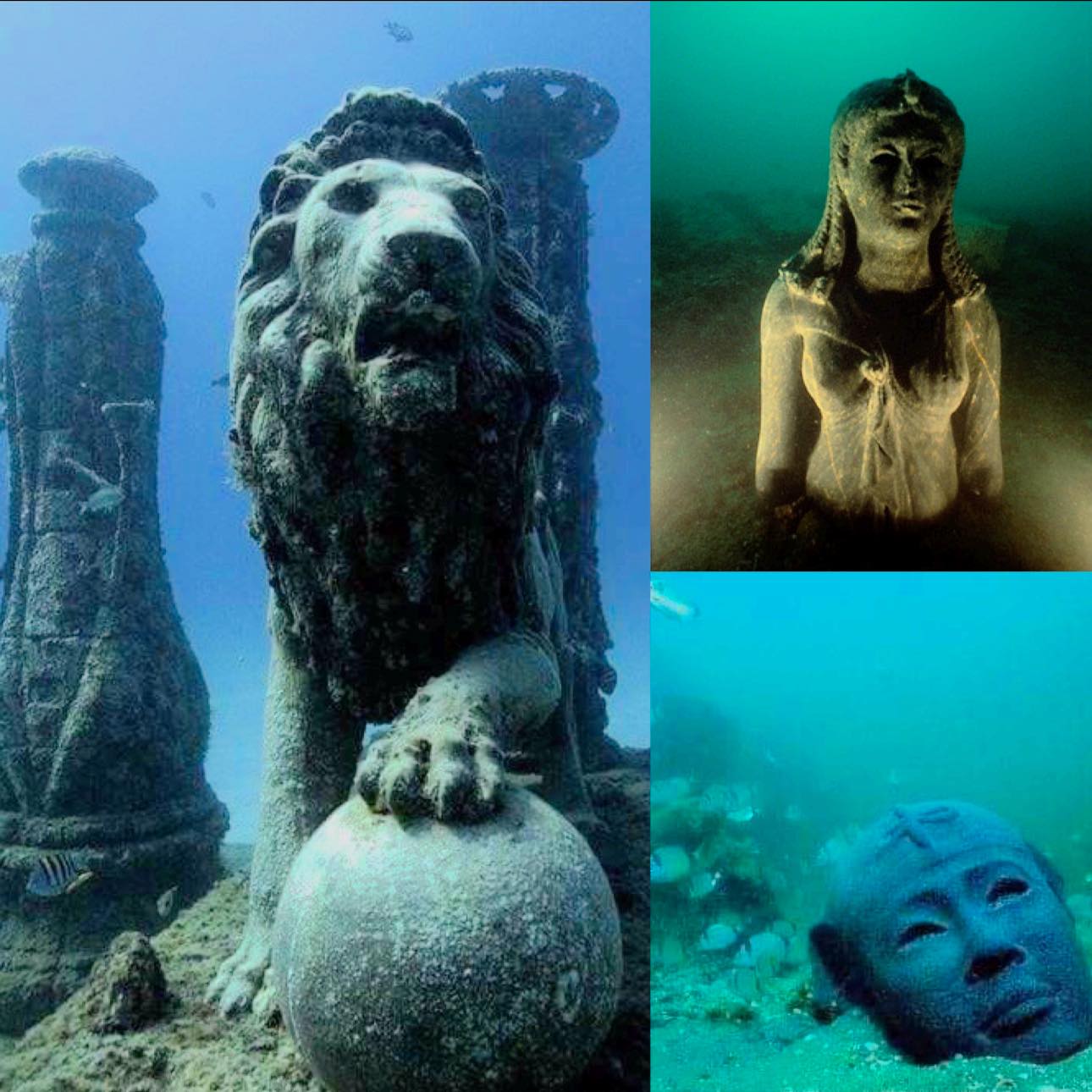
Nestled beneath the azure waters off the coast of Alexandria, Egypt, lies a hidden treasure trove of history and intrigue—the submerged remains of Cleopatra’s Palace. Discovered in the late 1990s by a team of intrepid underwater archaeologists led by French marine archaeologist Franck Goddio, this ancient palace offers a tantalizing glimpse into the opulent world of one of history’s most legendary figures, Queen Cleopatra VII. As the secrets of this submerged wonder continue to be unveiled, it beckons adventurers and history enthusiasts alike to explore its sunken halls and unravel its mysteries.
Unraveling the Mysteries of Cleopatra’s Palace
- Historical Context: Cleopatra’s Palace holds a special place in history as the lavish residence of the famed Egyptian queen, Cleopatra VII. Situated on the shores of Alexandria, it served as a symbol of opulence and power during the height of the Ptolemaic dynasty. The palace was renowned for its grandeur, featuring ornate architecture, luxurious furnishings, and sprawling gardens. For centuries, its exact location remained a mystery until the groundbreaking discovery by Franck Goddio’s team, which revealed its submerged remains lying beneath the Mediterranean waves.
- Archaeological Exploration: The discovery of Cleopatra’s Palace sparked a flurry of archaeological activity as researchers sought to uncover its secrets. Through meticulous underwater excavations, archaeologists have unearthed a wealth of artifacts and architectural remnants, shedding light on the palace’s layout and the daily lives of its inhabitants. From intricately carved statues to fragments of elaborate mosaics, each discovery offers new insights into the artistry and craftsmanship of ancient Egypt.
- Cultural Significance: Cleopatra’s Palace holds immense cultural significance, not only for Egypt but for the world at large. As the last active ruler of the Ptolemaic dynasty, Cleopatra played a pivotal role in shaping the course of history through her alliances and intrigues with powerful Roman leaders such as Julius Caesar and Mark Antony. The discovery of her submerged palace serves as a tangible link to this storied past, allowing us to connect with the legacy of one of antiquity’s most enigmatic figures.
- Preservation and Conservation: As the secrets of Cleopatra’s Palace continue to be unveiled, efforts to preserve and protect this underwater archaeological site are paramount. Ongoing research and conservation initiatives aim to safeguard the palace’s remains for future generations, ensuring that its historical and cultural significance endures. By employing innovative technologies and collaborating with local authorities, archaeologists strive to balance the need for exploration with the imperative of preservation, allowing visitors to experience the wonder of Cleopatra’s Palace while safeguarding its legacy for posterity.
The Legacy of Underwater Archaeology
In conclusion, the submerged remains of Cleopatra’s Palace stand as a testament to the enduring allure of ancient Egypt and the ingenuity of underwater archaeology. Through the tireless efforts of researchers like Franck Goddio and his team, we are able to glimpse into the opulent world of Cleopatra and uncover the mysteries of her legendary palace. As we continue to explore the depths of the Mediterranean Sea, we are reminded of the importance of preserving our shared cultural heritage and the profound impact that archaeological discoveries can have on our understanding of the past. Cleopatra’s Palace serves as a poignant reminder of the timeless allure of history and the endless possibilities that lie beneath the waves.
